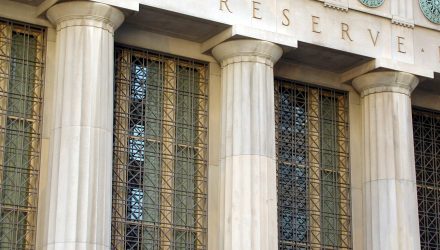The capital markets cheered on Wednesday as Federal Reserve Chairman Jerome Powell said the central bank would essentially cut interest rates due to ongoing risks from a U.S.-China trade war and a slowing economic landscape around the globe. As the case for more accomodative policy has strengthened, it’s making the environment more challenging for fixed income investors.
The presumption of the Fed’s rate cuts translated to strength in U.S. equities as the S&P 500 went past the 3,000 mark for the first time.
“The message from the Federal Reserve has been that ‘the case for a somewhat more accommodative policy has strengthened'”, said Bob Miller, BlackRock’s Head of Americas Fundamental Fixed Income. “That message came in this morning’s testimony by Chair Powell, and was re-iterated in this afternoon’s FOMC meeting minutes. The G-20 meeting outcome, and the June employment report, did not alter the basic message, or the view of the appropriate stance of monetary policy.”
As market headwinds from a trade war impasse buried the capital markets in volatility during the month of May, a de-risking occurred in funds specializing in high yield like The High Yield ETF (NYSEArca: HYLD). The fund, however, adjusted its strategy by making a move towards quality debt holdings as investors sought more fixed income exposure during this volatile swing.
HYLD seeks high current income with a secondary goal of capital appreciation. The Sub-Advisor seeks to achieve the fund’s investment objective by selecting a focused portfolio of high-yield debt securities, which include senior and subordinated corporate debt obligations, such as loans, bonds, debentures, notes, and commercial paper.
The fund does not have any portfolio maturity limitation and may invest its assets in instruments with short-term, medium-term or long-term maturities. It invests at least 80 percent of its net assets in high-yield debt securities.
With investors starved for yield, the tide could turn for high-yield bond ETFs, especially now that the Federal Reserve is sounding more accommodative with respect to interest rate policy. Following the fourth and final rate hike of 2018, the central bank is now taking a more cautious approach with rates, which could lead to static rates through the rest of 2019.
The central bank didn’t show much dynamism in 2018 with respect to monetary policy, obstinately sticking with a rate-hiking measure with four increases in the federal funds rate. That appears to have changed given the current economic landscape, and especially in the capital markets as Powell is now preaching patience and adaptability.
For more market trends, visit ETF Trends.

